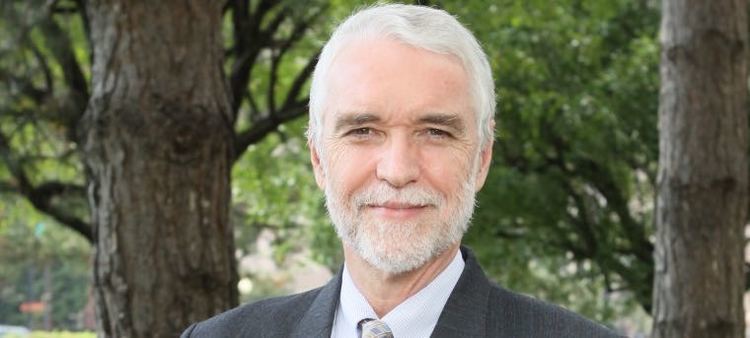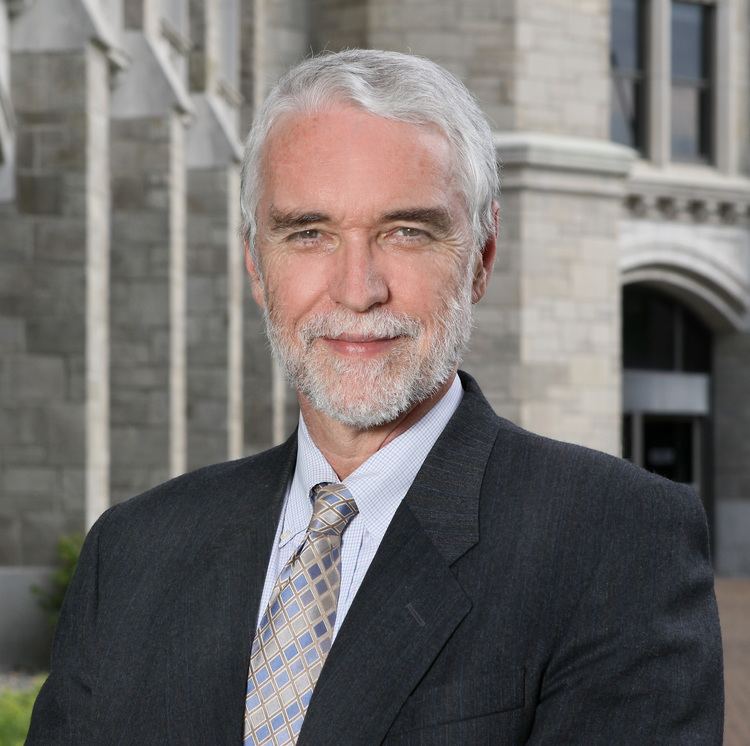Citizenship U.S. Name Timothy Killeen | Role Academic | |
 | ||
Fields Atomic and Molecular Physics Institutions 2015 - present President of the University of Illinois
2012-2015 Vice Chancellor for research and President of the Research Foundation at the State University of New York
2008-2012 Assistant Director for the geosciences at the National Science Foundation
2000-2008 Director, National Center for Atmospheric Research; Senior Scientist, High Altitude Observatory, National Center for Atmospheric Research
1997 – 2000 Associate Vice President for Research, University of Michigan; Director, Global Change Laboratory, University of Michigan
1993 – 1998 Director, Space Physics Research Laboratory, University of Michigan
1990 – 2000 Professor of Atmospheric, Oceanic and Space Sciences, University of Michigan
1992 Visiting Senior Scientist, NASA Goddard Space Flight Center
1987 – 1990 Associate Professor of Atmospheric, Oceanic and Space Sciences, University of Michigan
1988 – 1992 Affiliate Scientist, National Center for Atmospheric Research
1984 – 1987 Associate Research Scientist, University of Michigan
Summers 1983, 1985, 1986, 1987 Visiting Scientist, National Center for Atmospheric Research Alma mater B.S. Honors 1st Class (Physics), University College London, 1972
Ph.D. (Atomic and Molecular Physics), University College London, 1975 Thesis Interactions of low energy positrons in gaseous media Notable awards 1985 NASA Achievement Award, Dynamics Explorer Spacecraft
1998 NASA Achievement Award, Polar Spacecraft | ||
University of illinois alumni association interview with timothy killeen
Timothy Laurence Killeen is a geophysicist space scientist, professor, and administrator. He took office as the President of the University of Illinois in 2015. He received a BSc in Physics in 1972 and a Ph.D. in Atomic and Molecular Physics from University College in London in 1975, earning his doctorate at the age of 23. He has been the Principal Investigator for many research projects for NASA, NSF, and the U.S. Air Force. Dr. Killeen has authored more than 150 publications in peer-reviewed journals, along with 300 other publications and papers. He has served on various White House committees and task forces and is a past Editor-in-Chief of the Journal of Atmospheric and Solar-Terrestrial Physics.
Contents
- University of illinois alumni association interview with timothy killeen
- NSF and NCAR
- NASA
- Awards and honors
- Professional Affiliations
- References

NSF and NCAR
For many years, Dr. Killeen led a group of research scientists and engineers working in the field of aeronomy. Dr. Killeen has chaired many National Science Foundation (NSF) Committees, including the NSF Coupling, Energetics and Dynamics of Atmospheric Regions (CEDAR) Advisory Committee. He was Director of the National Center for Atmospheric Research from 2000 to 2008. After leaving NCAR in 2008, he became the NSF Assistant Director for Geosciences.
NASA
Dr. Killeen was also involved in many NASA projects, including the design, development and building of the TIMED Doppler Interferometer (TIDI) instrument for the TIMED spacecraft. He has also worked on the development of the Fabry-Perot Interferometer (FPI) for various spacecraft, including the Dynamics Explorer Spacecraft.
Awards and honors
Dr. Killeen's awards include the 1985 NASA Achievement Award, Dynamics Explorer Spacecraft, and an Excellence in Research Award from the University of Michigan, College of Engineering in 1993 and an Excellence in Teaching Award from the University of Michigan, College of Engineering in 2000. He was elected to the National Academy of Engineering in 2007, and was named a Fellow of the American Meteorological Society in 2005, and a Fellow of the American Association for the Advancement of Science in 2015.
Professional Affiliations
Dr. Killeen is a Past President (2006-2008) of the American Geophysical Union, of which he is currently a member. Other memberships include: American Meteorological Society, American Association for the Advancement of Science (Fellow, 2015), National Academy of Engineering, and New York Academy of Sciences.
